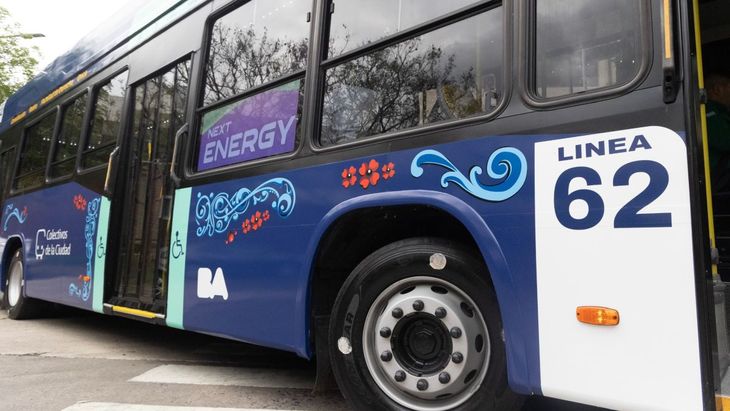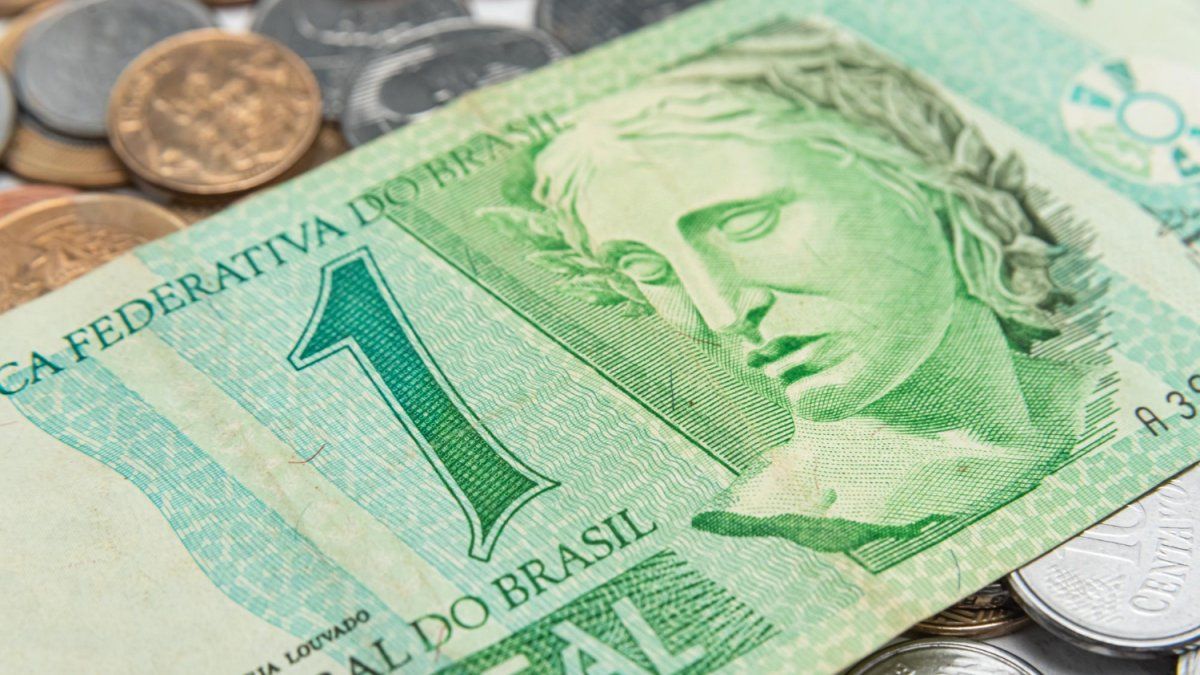Two months after signing the transfer with Nation, the government of Jorge Macri will launch the Modernization and Security Plan for private fleets that transit exclusively through the Capital. The objective, according to Uspallata, is improve current traffic, add security to the units and promote the sustainability of the service.
Daily more than 3.6 million people travel within the City on different means of transportation and approximately 1.7 million do so on public transportation. It is estimated that Nearly a million use the more than 1,700 bus units that circulate exclusively through Buenos Aires territory.
To improve the quality of service, The plan will require companies that the units not be older than ten years. The companies are already notified of the changes and will have a deadline to continue using the “old” units until December 31. From January 1, only those that do not exceed that limit will be able to be put into circulation.
According to private figures, the regulatory change would affect a total of 241 groups that have been working for more than 10 years. Below the limit there are a total of 643 vehicles that are over five years old but under a decade old. While nearly half (807) are less than five years old.
“The companies received the plan well,” said a source with an office in the Buenos Aires government.despite the fact that the lines will have to invest their own funds to purchase the new units. Anyway, They assure that with the renovation they will be able to improve route efficiency and reduce operating costs.
Jorge Macri’s administration estimates that once the renewal objective is met, the average age of the fleets will be 4.5 years. “Buenos Aires is a great city worldwide, so mobility management is important,” they highlight.
filleted art.jpg
New identity of the City’s groups
Another of the highlights of the plan that will be presented this Wednesday morning at a press conference has to do with the identity of the groups. Until now, each line had the power to “dress” the units with the desired color, but that will change.
The new plan foresees plotting all vehicles of the same color. “All groups will have the same identity. It will be a Buenos Aires identity,” they explained to this medium. The chosen color will be dark blue and a filleted art process will be added to strengthen local representation.
The front of the unit may have the current and original tint of each line. In addition, each company will be able to choose the design of the “filleted”.
The plan as a whole will have a total period of six months and foresees changes in the control system of the units, through the mandatory incorporation of cameras, in addition to the implementation of tools linked to the Artificial intelligence to reduce traffic accidents.
In the first three, in addition to the renovation of the units, They must install cameras in all buseswhich will be connected to the City Mobility Management and Monitoring Center, located in Pedro Chutro.
The objective, according to Uspallata, is to improve the safety and efficiency of the routes. By having better information about each unit, companies will be able to better monitor the departure time of each unit.
It also provides for the incorporation of the ADAS (Advanced Driver Assistance Systems) Intelligent Driving system that through sensors and Artificial intelligence allows you to warn about different risks that may arise during the tour. According to figures from the Buenos Aires government, 100 people died last year due to traffic incidents.
caba multipayment system.jpg

The “multipayment” system in the City’s buses
Additionally, companies must enable the “Multipayment” system so that the user can choose the best means to pay the ticket. As in the subways, neighbors or tourists who do not have a SUBE card can pay with cell phone, credit or debit cards.
With the new system, City authorities will be able to make better use of payment method information to improve service. According to them, the initiatives that are under analysis to implement in the future contemplate a combined ticket between bus and subway, with a different value, and a different rate for foreign visitors. Both ideas are being studied and are not part of the current plan.
In parallel, the Buenos Aires administration will increase the electric bus fleet that will be intended for punctual tours, linked to areas historical and tourist. After the first tender, a second procedure is underway to acquire new trams. As specified from Parque Patricios, the enabled route will be from Withdrawal to Lezama Parkpassing through historic center and the Buenos Aires microcenter. In a first “pilot” stage will be free. Then a payment will be made normal rate.
“The main objective is to raise the quality of the service so that the passenger recognizes that in the groups managed by the GCBA they travel better, in addition to consolidating the autonomy of Buenos Aires and moving towards a more accessible, dynamic City committed to sustainability,” they indicated. from the government.
The transfer along the lines from the Nation to the City, signed between Macri and Javier Milei, led to the change of orbit of the bus lines. The Buenos Aires administration took charge of the difference in subsidies to avoid a jump in the fee. At Uspallata they are aware that inflation in pesos and the increase in costs in dollars are a problem when analyzing operating costs. In any case, they say that, for the moment, the rates will not be touched. “There is a lot to discuss with companies before rates,” they point out.
Source: Ambito
I am an author and journalist who has worked in the entertainment industry for over a decade. I currently work as a news editor at a major news website, and my focus is on covering the latest trends in entertainment. I also write occasional pieces for other outlets, and have authored two books about the entertainment industry.




